“Being nervous isn’t bad. It just means something important is happening.”
— Michael Jordan
Asking someone on the street for their portrait is a bit like asking someone on a date. It can be awkward, nerve-wracking, intimate, and disappointing. I took up film photography three years ago as a way to stay positive during a health crisis. At first, I concentrated on documenting my family and friends, but recently I’ve started taking street portraits.

I’m a shy guy. When I’m out and about, I stare at my feet and stay in my lane. I steer clear of strangers. These are not good qualities for a street portrait photographer. Still, I’ve always loved people watching, be it in airports, coffee shops, or shopping malls, and I can appreciate a fascinating face when I see one. Ever since becoming a camera slinger, I’ve had the urge to capture some of these faces on film.

Unfortunately, I learnt the hard way that not everyone is interested in engaging with a short, bald, bearded, middle-aged dude with a fancy camera. “Excuse me, madame, may I trouble you for a quick photo?” “Listen up, little man. You and that silly camera can go…” But I’ve persevered and discovered that given the right approach, it’s possible to convince just about anyone to have their picture taken. I’ve distilled my technique into the following five rules.

Rule 1:
Read the room. Your intuition will tell you whether a person on the street is having a good or a bad day, whether they’re in a friendly mood or an antagonistic one. If someone looks pissed off, knackered, or annoyed, best to keep your distance. For example, I once asked an interesting looking gentleman who was cursing at random vehicles if I could capture his essence on film. He threw an empty beer can at me and proceeded to spit at my Leica, both of which I deserved for not “reading the room”. However, if someone is chillin’ out having a smoke and an espresso at a street-side table, chances are you are safe to approach and make your photographic pitch.

Rule 2:
Display a kind confidence. No one likes a coward. If you see someone who you think is portrait worthy, walk up to them with assurance and kindly state your case. I usually say something innocuous like: “Sorry to bother you. I collect old film cameras and often take street portraits. I love your hat and glasses. Would you mind if I grabbed a quick shot?”

Rule 3:
Be friendly and courteous. Sometimes the best approach to getting a street portrait is to build a bond with a person before asking for their picture. I’ll often make small talk with someone who looks intriguing and after we’ve been chatting for a few minutes, I’ll casually bring up my photography: “Yes, it’s a beautiful day. I’m just out on a photo walk. Say, would you be willing to let me take your picture?” If I do end up taking the photo, I always say that I’m happy to share the photo with them once I get it developed. I’ve even made a few new friends this way.

Rule 4:
Use a disarming camera. I typically grab my black Leica MP when doing street photography. It’s a beautiful machine, but to the average person it looks like a typical, run-of-the-mill camera and can sometimes make people standoffish. Some even mistake it for a digital camera. But when I grab the Rolleiflex, it’s different story. It’s quirky, disarming, and immediately draws interest from people of all ages. It’s a great “ice breaker”, giving me an opening to take a photo. “Hey man. Nice camera! It looks like something my grandpa had.” “It’s a Rolleiflex from the early 60s. Here, let me show you…”

Rule 5:
Be street smart. I don’t know about you, but the downtown scene in London, Ontario is colourful. Most of the people I encounter in the city centre are generous and gentle, provided I’m respectful and do not try to exploit their hardships for my own gain. Nevertheless, I’m walking around with expensive cameras and must be mindful of the environment. There’s been a few instances where I’ve felt uncomfortable and had to make a quick exit.

As you can tell by now, I still have a lot to learn about the art of engaging strangers, but if this awkward biology professor can do it, so can you. Safe shooting and remember the words of Elisabeth Kubler-Ross: “The most beautiful people we have known are those who have known defeat, known suffering, known struggle, known loss, and have found their way out of the depths. These persons have an appreciation, a sensitivity, and an understanding of life that fills them with compassion, gentleness, and a deep loving concern. Beautiful people do not just happen.”

If you enjoyed this article and would like to see more of my photos, you can find me at Leica Fotografie International and Instagram.


Share this post:
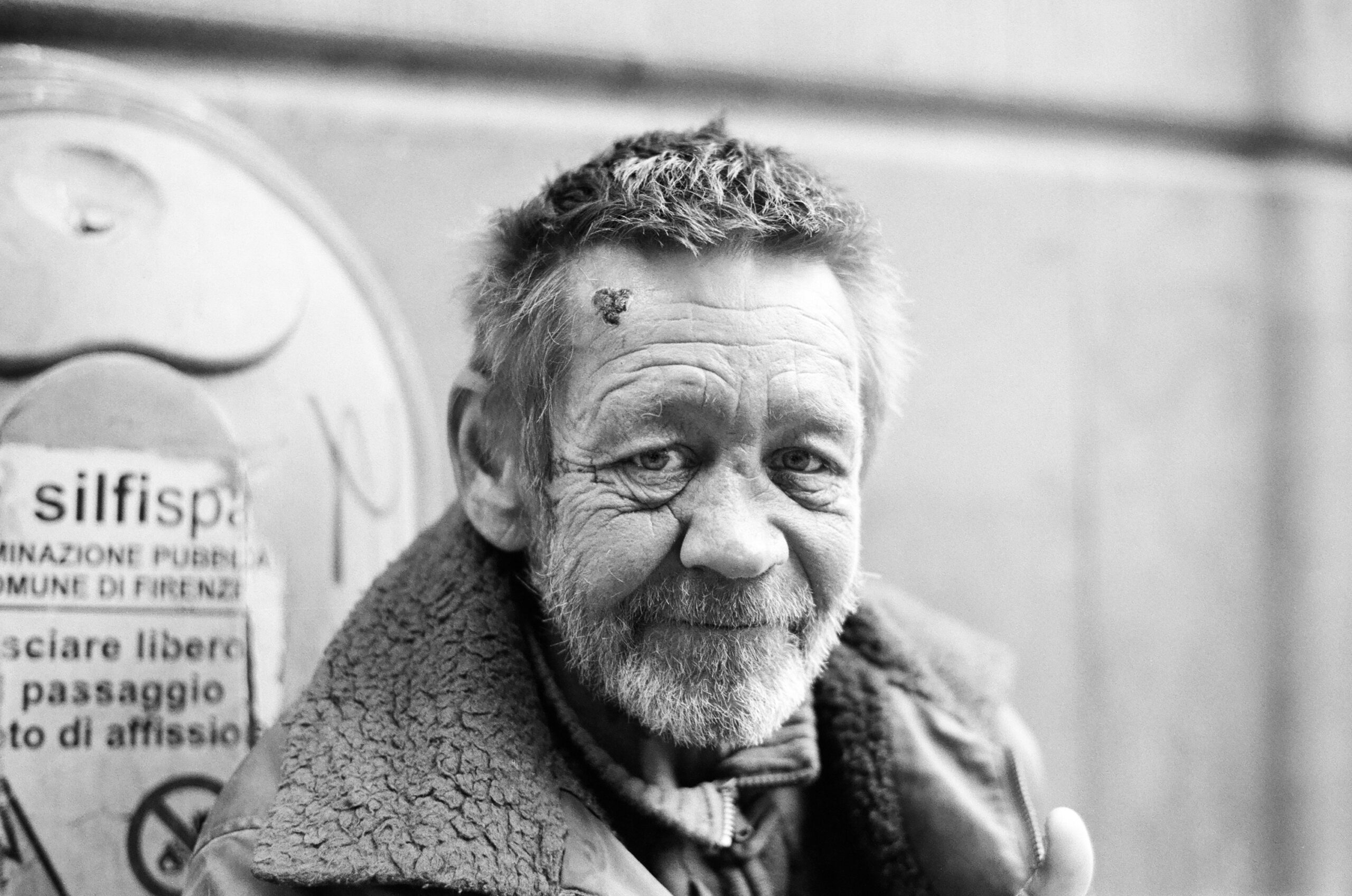

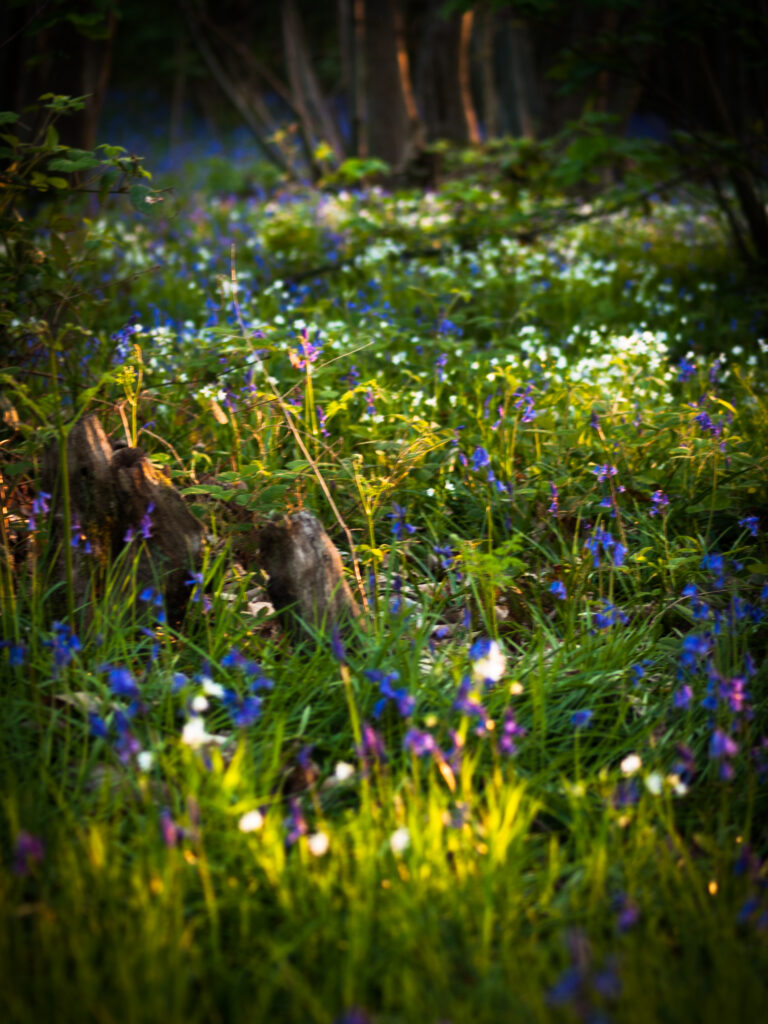
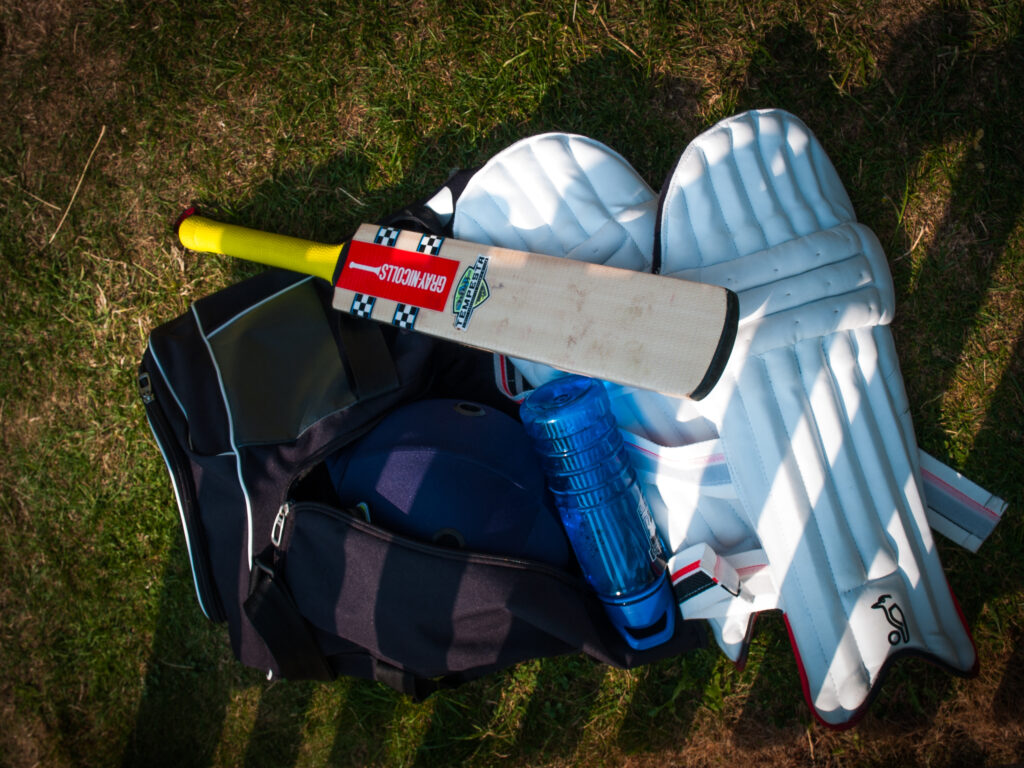
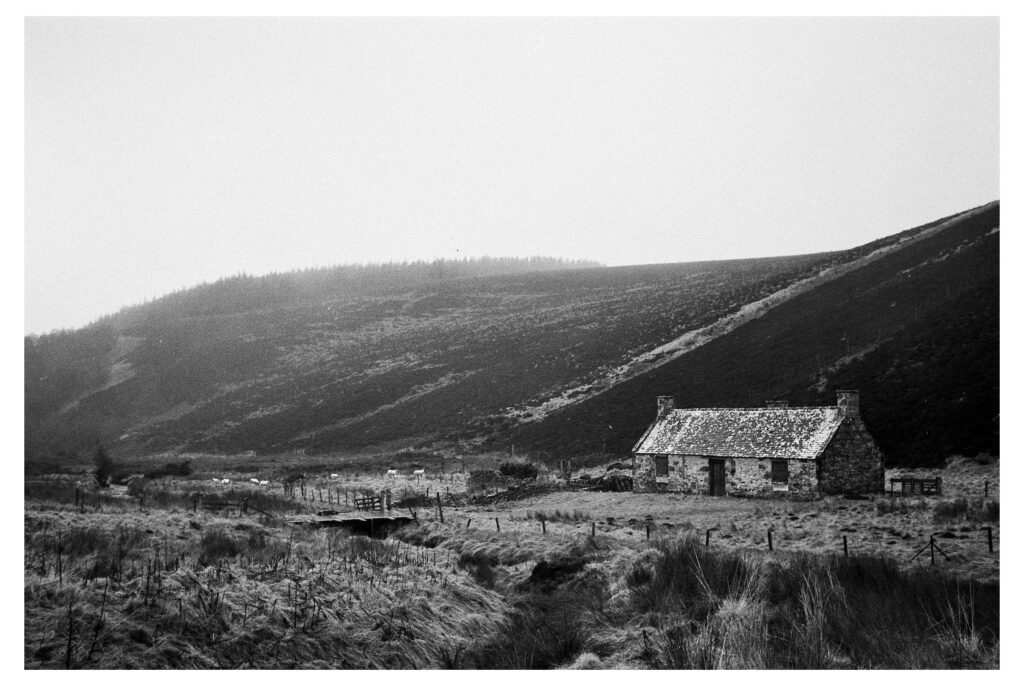

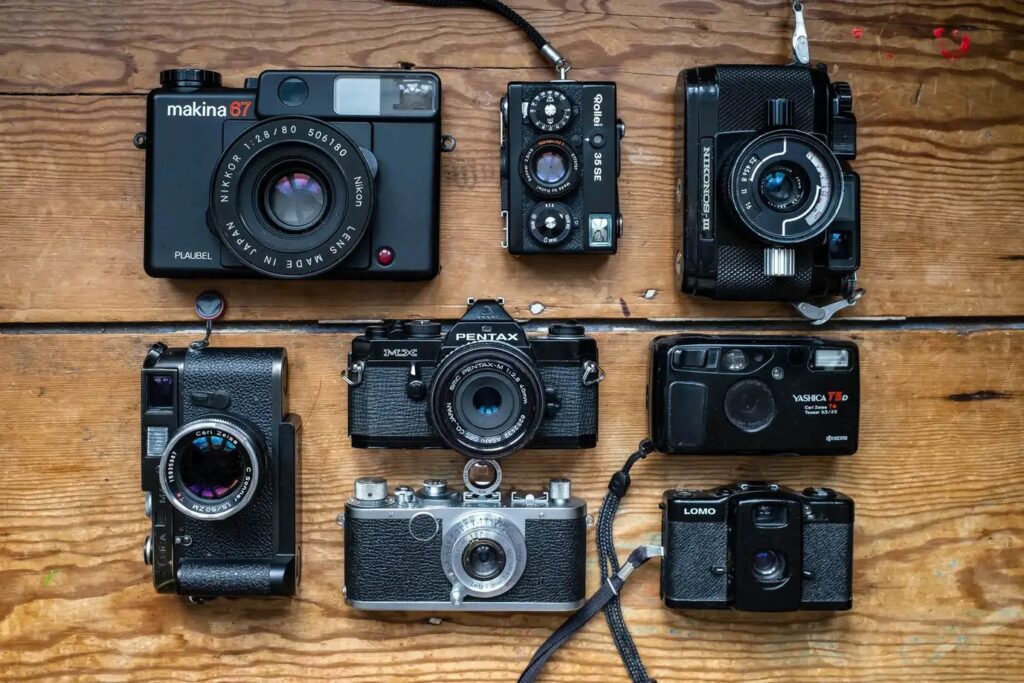
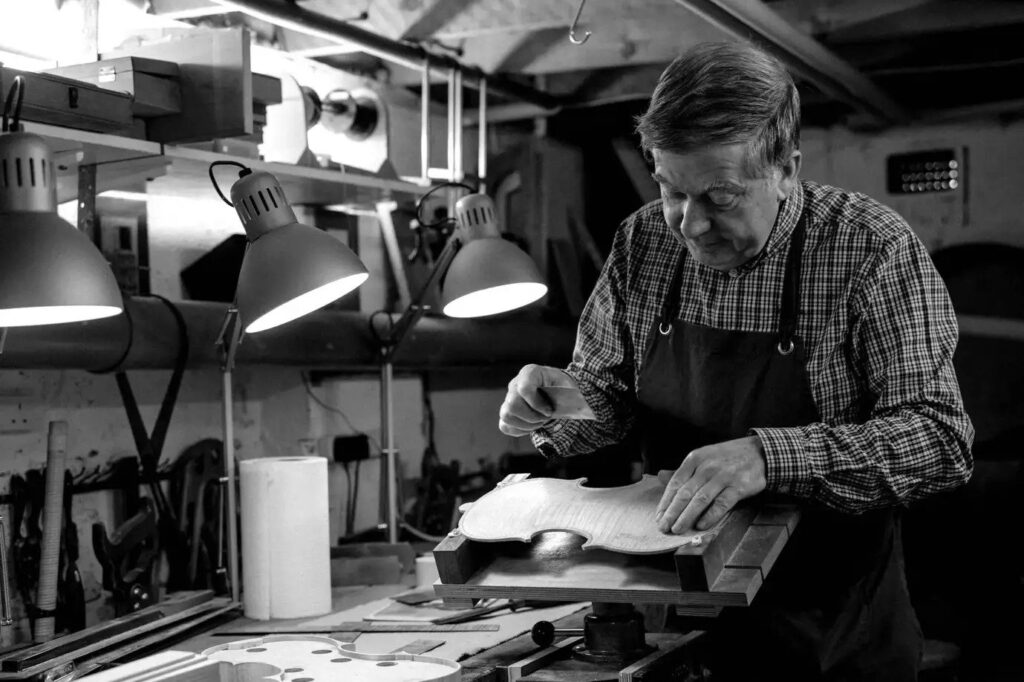
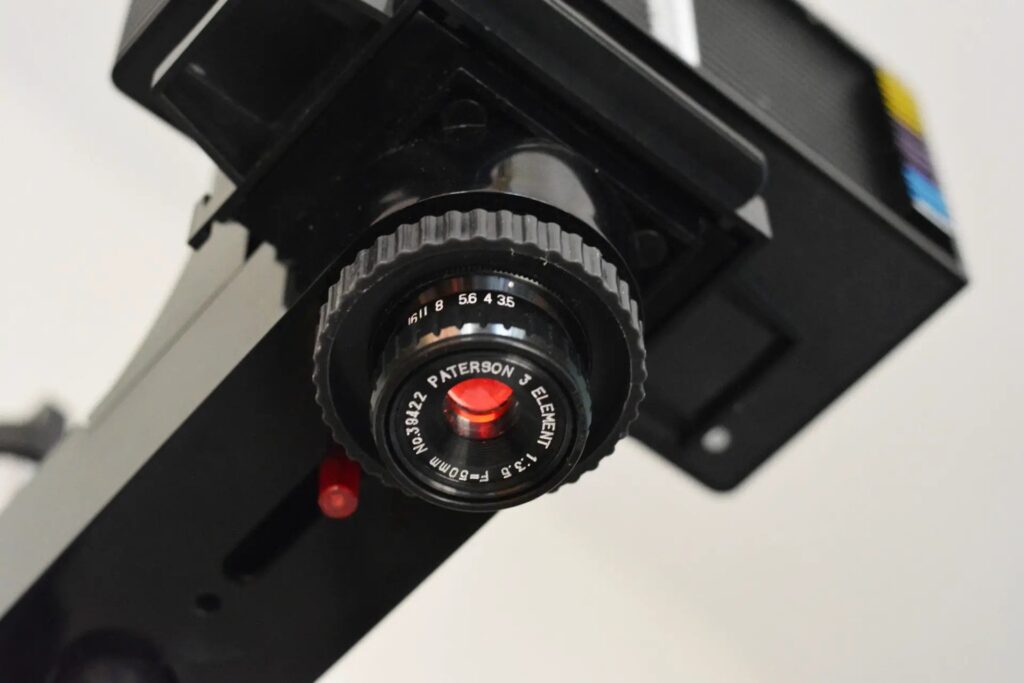
Comments
No comments found